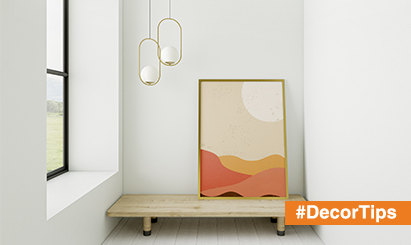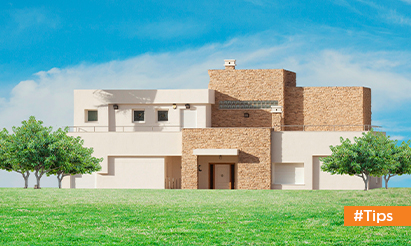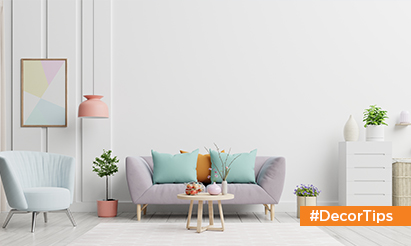5 ways to convert dead spaces into seating areas
By putting in colorful and inventive seating, you can turn those dead spots into positive corners.
Undiscovered wealth is what dead places are. You are surrounded by them, you live in a house with them, and you often don’t know what to do with them.
Dead spaces include corridors, corners of rooms, window ledges, balconies, and other areas. We frequently pass over or disregard them, having no notion what we can do about it. While it may be tempting to leave it blank, you’d be amazed how simple it is to decorate in an efficient and attractive manner. Here’s how to turn forgotten nooks into useful and attractive spaces that improve home life.
INCLUDE MORE SEATS
Adding chairs is a popular technique to fill an empty area. When planning out where you’ll put your furniture, consider whether there’s an alternate, viable configuration that allows you to add a seat. Think as large or as tiny as you like and as much as your space permits. A lonely corner is made more romantic by the addition of a bean bag. With this Pine Twist Bean Bag, you can make the area cosier and more appealing. This is a great area to unwind and read away from the hustle and bustle of the living room.
BENCH IN THE PASSAGEWAY
it might be difficult to add some pzazz without impeding the route between rooms, passageways are frequently empty places. Installing seats is your best choice because it makes the area appear less empty and can be brought up into the living room if you ever need more chairs.
MAKE USE OF TWIN BEDSIDE TABLES
Matching bedside tables that fit either side of the bed are a common sight in a bedroom, making them a natural filler. However, in a room with limited square metres, you might expect to see fewer furnishings. As a result, selecting a bed and bedside cabinet combination that works well together – even if it means tucking the tables in so tightly that the outer edges make touch with the wall – might have the effect of making the room appear larger. This side table may be used to store books, lamps, coffee cups, and other items.
INCLUDE THOSE LAMPS
Lamps and sitting rooms go together. Conversations in bedrooms tend to centre on bedside lights, above pendants, or wall sconces. A lamp, on the other hand, will take pride of position in an empty bedroom corner, adding a comforting glow to what could otherwise be a dark and gloomy space. If their stem is ornamental, make sure that no furniture is blocking it so that the lighting fixture may be as eye-catching as the rays it generates. However, if your selected floor lamp is very simple in style, consider stacking it with another of your bedroom corner strategies so that they complement one other. When you place a floor lamp behind a dressing table or chair, you will benefit from the downward light.
LEDGE NEXT TO THE WINDOW
Consider adding window chairs if there is room available while brainstorming seating solutions for dead spots. This not only adds more space to a living room or bedroom, but it also serves as a place of relaxation and respite and takes advantage of wonderful views and sunshine.
Disclaimer: The views expressed above are for informational purposes only based on industry reports and related news stories. PropertyPistol does not guarantee the accuracy, completeness, or reliability of the information and shall not be held responsible for any action taken based on the published information.




